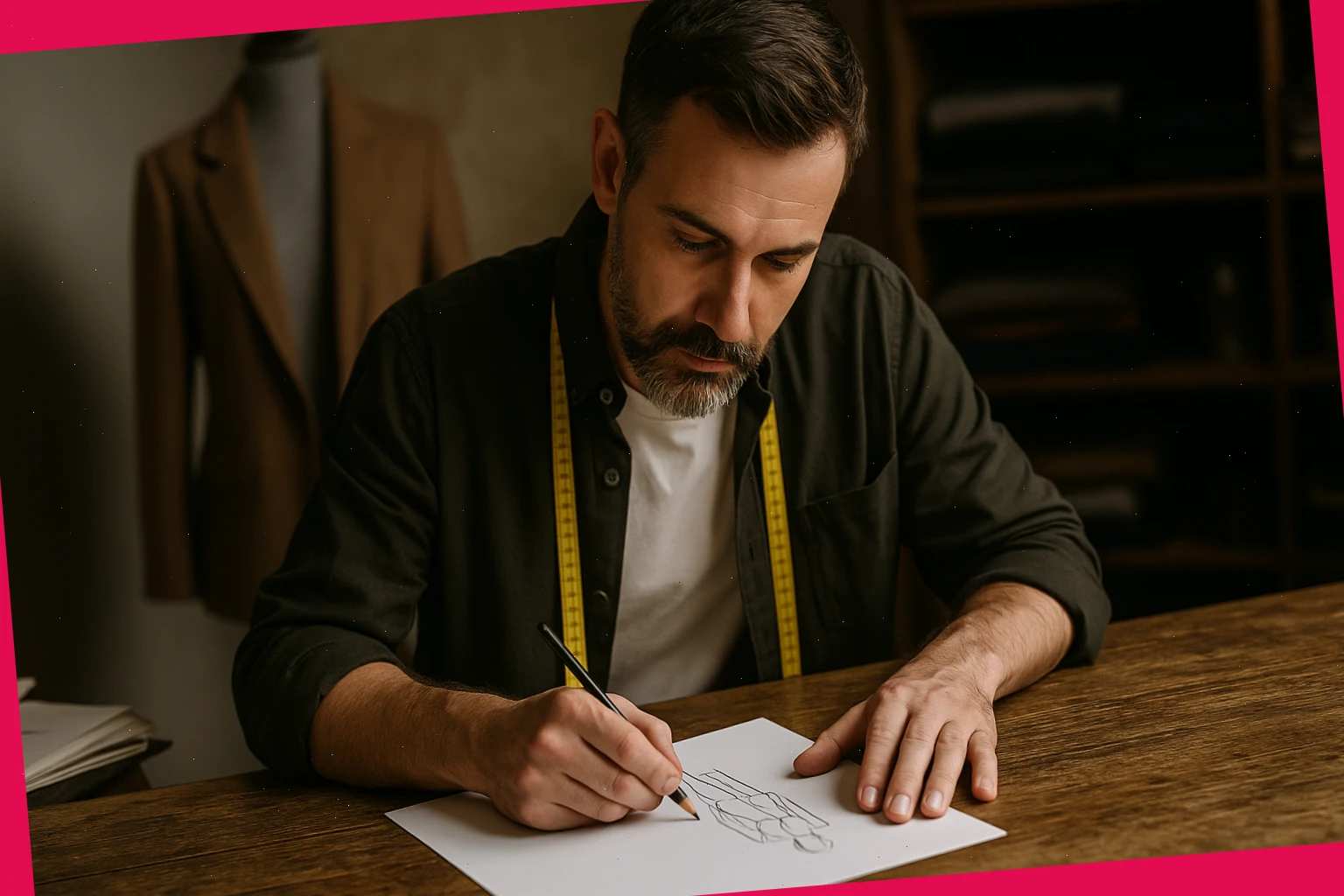Stylists

Emily Carter
Creative Stylist

James Rowe
Runway Director

Sophia Lane
Atelier Manager

Oliver Hughes
Designer
Thread & Thimble — English Fashion was created to give readers an accessible, human perspective on fashion in England. We believe fashion is more than catwalk shows or glossy magazine spreads. It is a story of people, materials, neighbourhoods, and histories that continue to shape how we dress today. This page provides a long-form introduction to who we are, how we work, and what our purpose is in the wider cultural landscape. (Word count target ~1365; the following text has been extended for depth and search-friendly narrative.)
In Liverpool, a city known as much for its music and port heritage as for its street style, our founders recognised a gap. Fashion coverage was either academic and heavy, or superficial and commercial. Few platforms connected designers, tailors, markets, and everyday people in a balanced voice. Thread & Thimble was established to bridge that gap.
Our choice of name reflects our intent. The “thread” is the continuous line connecting history to the present. The “thimble” is the humble tool that protects, supports, and shapes each stitch. Together they signal the everyday reality of making clothing, while pointing to the artistry that grows from ordinary materials.
English fashion cannot be defined by a single look. It includes the sharpness of Savile Row tailoring, the rebelliousness of punk, the quiet durability of workwear, and the elegance of evening gowns. It thrives in market stalls as well as in royal palaces. By documenting these varied aspects, we avoid stereotypes and present a layered picture.
Our writers and contributors walk the streets, attend graduate shows, visit archives, and talk with makers in their own spaces. The result is a body of notes that feel grounded, not rehearsed. We explore questions such as: Why do certain fabrics reappear? How do regional climates affect clothing choices? What traditions survive in wedding attire? Where do contemporary designers take inspiration from heritage pieces?
We describe our style of writing as “calm and observational.” We do not push consumers toward particular purchases or make promises about outcomes. Instead, we invite reflection, curiosity, and small practical takeaways. This is especially important for readers who may feel overwhelmed by the fast pace of fashion marketing. Our articles aim to provide breathing space.
Transparency is central. We credit sources, acknowledge when opinions differ, and clarify when conditions may change (for example, opening hours of markets or availability of designers). By avoiding exaggeration, we allow readers to make their own choices.
Fashion is linked with music, theatre, sports, and politics. England’s cultural exports are often accompanied by strong fashion imagery—think of the Beatles’ suits, the punk safety pin, or the football scarf. We highlight these connections so that readers see clothing not as isolated decoration but as part of larger social stories.
The team behind Thread & Thimble is made up of stylists, journalists, students, and enthusiasts. Some are formally trained in design; others simply bring years of experience observing what people actually wear. We welcome guest contributors who may submit stories about fabrics, markets, or personal encounters with designers.

Emily Carter
Creative Stylist

James Rowe
Runway Director

Sophia Lane
Atelier Manager

Oliver Hughes
Designer
While many fashion voices are concentrated in London, we deliberately chose to base our address in Liverpool. The city offers a blend of tradition and experimentation. Its maritime history exposed it to fabrics from around the world, and its music culture pushed visual identity forward. From the Cavern Club to the docks, Liverpool remains a fertile ground for observing how style evolves outside the capital.
Readers often ask how they can use our site in practical ways. Our answer is that each article should give at least one actionable thought: a new designer to explore, a heritage fabric to research, a tailoring term to learn, or a cultural context to notice. We do not prescribe shopping lists, but we hope readers leave with sharper eyes and broader horizons.
We rely on museum collections, university libraries, oral histories, and fieldwork. Our editorial process checks dates, confirms spellings of designers’ names, and provides context for claims. When quoting others, we aim for accuracy and fairness. By grounding our content in documented sources, we increase reliability while maintaining a conversational tone.
We value correspondence. Readers are invited to send notes, corrections, or reflections. Every message is read, though not every one can be published. We may adapt suggestions into future articles, giving credit where due. This keeps our site open, rather than closed off in expertise.
Our roadmap includes more regional coverage—Yorkshire mills, Cornish knitwear, Cumbrian outdoor gear—as well as thematic series on sustainability and textile innovation. We also plan to host small gatherings where readers and makers can meet informally.
If you wish to reach us directly, please use the details below:
Our contact form on the main site is also available for quick messages. Please note that we store submitted details only for the purpose of replying, in line with data protection law.
We use a small number of cookies to run core features and view basic visit counts. You can learn more or change your choice on our Cookie Choices page.